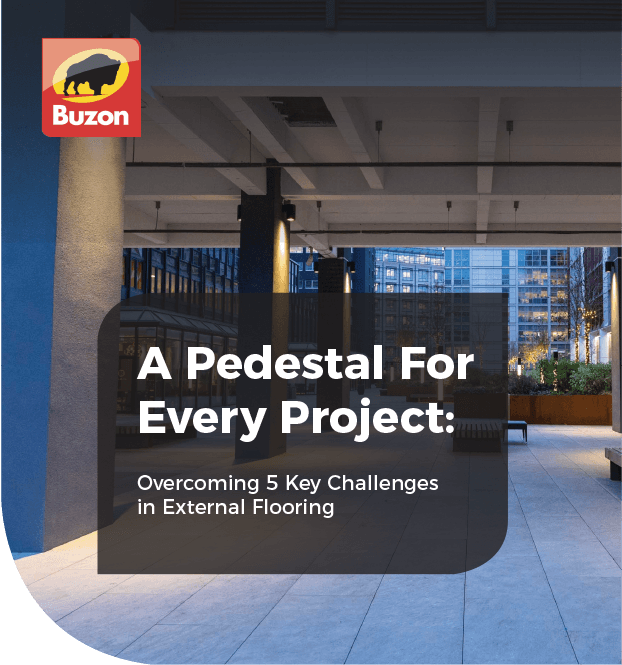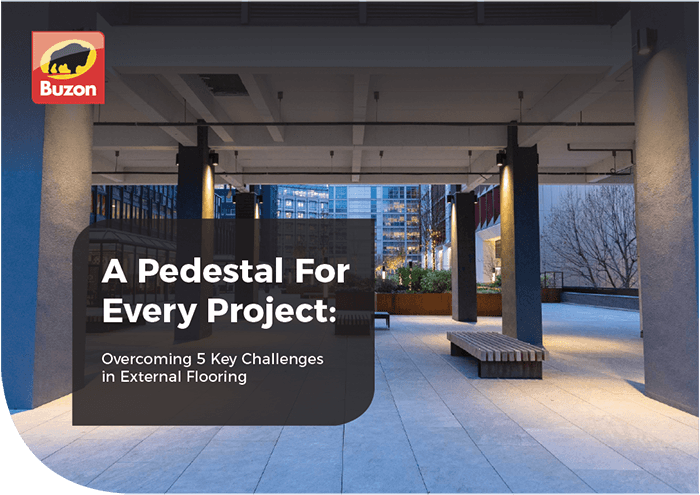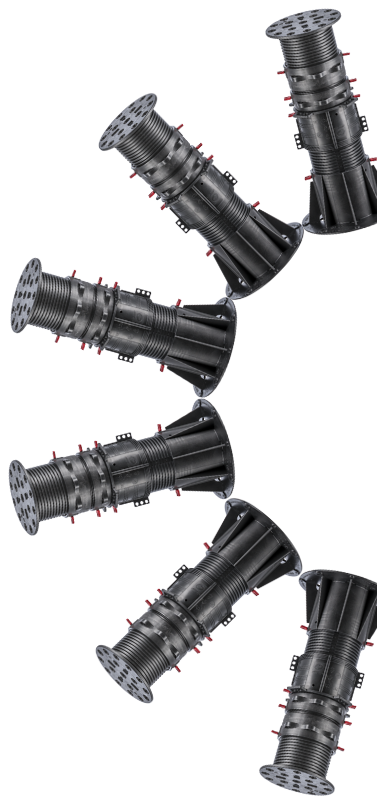As the UK accelerates its renewable energy commitments, rooftops are becoming harder-working, multifunctional spaces. From PV installations to blue and green roofs, today’s flat roofs must deliver on multiple fronts—performance, resilience, and access. While photovoltaic (PV) systems often dominate the conversation, their success depends on more than just the panels. Access walkways, drainage integration, maintenance routes, and landscaping must all be considered.
As part of Great British Energy, and supported by recent statements from Energy Secretary Ed Miliband, government funding is being channelled toward retrofitting schools, hospitals, and public buildings with solar systems. This proposed £200 million investment into rooftop PV marks a decisive shift in how the built environment will contribute to net-zero targets.
Why flat roofs matter
Flat roofs offer open, accessible space making them the ideal starting point for solar panels. The proper installation of solar panels requires more than an open flat space. Stability, drainage, and access all play an important role in an efficient installation.
That’s where creating a stable base using pedestals is important. It helps to raise the system off the roof surface which protect membranes, can compensate for slope adjustments, and accommodate the complex demands of modern roofing strategies.
Installing solar systems on flat roofs traditionally involves mechanical fixings that, if not properly installed, can pierce the protective roof membrane. By elevating the fixing point away from the main roof structure, you can reduce this risk. Buzon systems are not typically used to directly support solar arrays but can play a vital supporting role. They enable safe access, elevating finishes over drainage layers, and ensuring roofs remain functional, compliant, and easy to maintain. An essential for warranty compliance.
By raising the level of the roof, you’re able to guarantee easy access to essential infrastructure and maintenance areas. Using pedestals also helps to compensate for any inconsistencies in the existing roof build-up such as differing heights and slopes. Consistency is key for creating an effective solar build up, therefore it’s critical your surface compensates for this.
Solar PV often shares space with blue or green roof build-ups on commercial developments. Key to these systems running effectively is allowing water to flow freely beneath decking, accommodating SuDS requirements and enabling a clear path for rainwater drainage.

where solar and buzon meet
A strong example of multifunctional flat roof design can be found at Transport House in Dagenham. This mixed-use development incorporates a complex BROOF(t4) podium roof build-up that needed to deliver on several fronts: blue roof stormwater management, public amenity space, soft landscaping, and crucially, the supporting infrastructure for solar panels and rooftop plant.
To meet this diverse brief, Buzon PB-7 pedestals were used alongside U-PH5 slope correctors and U-WALL edge restraints. The system allowed for precise height and level adjustment across the podium surface, creating seamless transitions between paved walkways, planting zones. Separate terraces hosted rooftop plant—including adjacent solar PV systems mounted separately from the pedestal zones.
The result are high-performance flat roofs capable of supporting biodiversity, sustainable drainage, and renewable energy without compromising on accessibility or structural integrity.

Similarly at 76 Southbank, a Grade II-listed office refurbishment by AHMM Architects, the challenge was to transform a heritage rooftop into a sustainable, multifunctional environment. The solution? A biosolar roof combining biodiversity-driven planting with discreetly integrated photovoltaic arrays.
To enable this integration, Buzon’s PB pedestal system supported a raised GRP grating platform. This provided durable, slip-resistant walkways between the green roof zones and PV infrastructure, providing dedicated maintenance access routes around the PV and green roof zones. This ensured the safe servicing of the biosolar system while maintaining the integrity of the waterproofing layer.
Importantly, the PV system itself was mounted independently, while the Buzon-supported GRP walkways provided the crucial infrastructure for accessibility and compliance. Crucially, the system avoided any membrane penetration, which helped to preserve the waterproofing layer and reduce long-term maintenance risks.
This project demonstrates how flat roofs, even in constrained or conservation-sensitive settings, can be reimagined to support climate-responsive design using pedestal infrastructure.
improved air quality
As the UK ramps up its solar ambitions, the success of rooftop PV depends not just on the panels, but on the infrastructure that supports them. For flat roof installations where drainage, maintenance access, and waterproofing integrity are critical, Buzon pedestal systems provide a trusted, high-performance platform.
They enable energy infrastructure that works in harmony with the roof build-up, without sacrificing form, function or compliance. In a future where every rooftop counts, Buzon supports the detail behind the big picture.
If you're planning a multi-functional roof scheme, why not speak to one of our experts. Give us a call on +44 020 8614 0874 or get in touch today!













